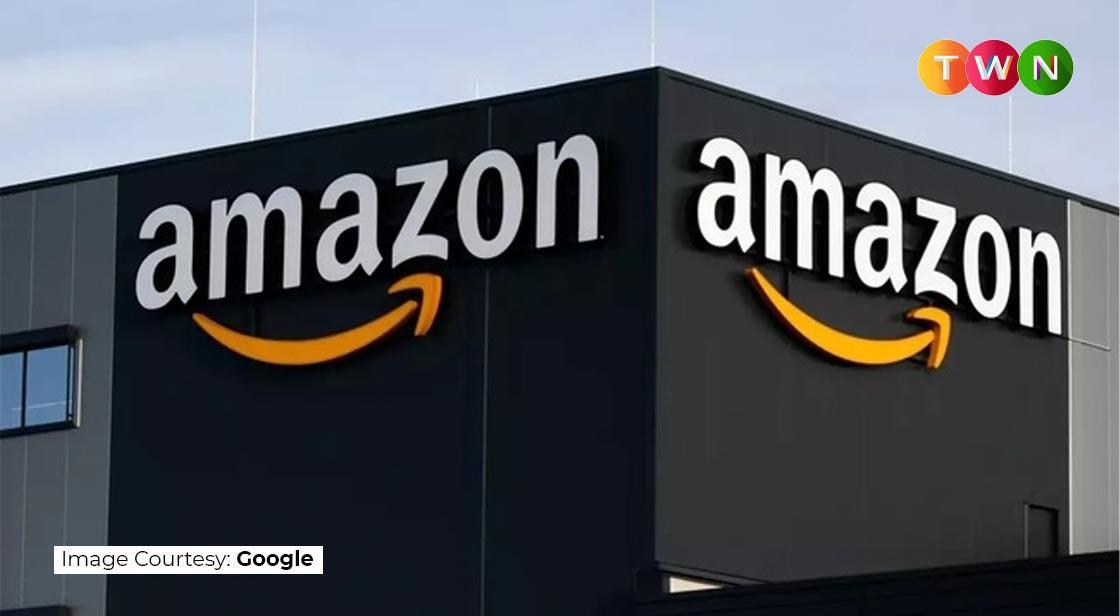Amazon India trims losses across business verticals in FY25

News Synopsis
In the financial year 2024-25 (FY25), the India unit of Amazon managed to significantly cut its losses across several business verticals, despite operating in a challenging environment where growth remained muted. The business in India is organised into five separate entities: marketplace unit Amazon Seller Services; logistics arm Amazon Transport Services; B2B wholesale marketplace Amazon Wholesale India Services; retail-trade arm Amazon Retail India; and fintech arm Amazon Pay (India).
Subsidiary-Wise Performance Breakdown
Amazon Transport Services
The logistics subsidiary reported a net loss reduced 57% YoY to INR 33.9 Cr, while its operating revenue grew 8% to INR 5,284 Cr.
Amazon Wholesale India Services
The B2B arm saw its net loss shrink by 35% YoY to INR 220.7 Cr, despite a 16% decline in operating revenue to INR 2,993.9 Cr from INR 3,576.7 Cr.
Amazon Retail India
The retail trade wing’s losses declined 32% YoY to INR 394.2 Cr, with its top line growing 18% to INR 2,050.8 Cr.
Amazon Pay (India)
The fintech subsidiary curtailed its loss by 5% YoY to INR 865.7 Cr, though its operating revenue dipped 7% YoY to INR 2,195.1 Cr.
This aligns with filings showing that Amazon Pay in FY25 reported revenue of ~₹2,195 Cr and a net loss of ~₹866 Cr. Business Standard+2Lapaas Voice+2
Amazon Seller Services
The marketplace arm recorded an operating revenue increase of 19% to INR 30,138.6 Cr (from INR 25,406 Cr), and cut its net loss by 89% YoY to INR 374.3 Cr.
Aggregate Loss and Year-on-Year Comparison
Combining all verticals, the company’s total losses for FY25 stood at INR 1,888.8 Cr. In contrast, in FY24 the subsidiaries’ total losses were approximately INR 3,811 Cr, which included a loss of INR 3,469 Cr from Amazon Seller Services, INR 342 Cr from Amazon Wholesale, INR 911 Cr from Amazon Pay and INR 80 Cr from Amazon Transport Services.
Strategic Moves and Growth Initiatives
Despite the revenue headwinds, Amazon India has undertaken bold strategic initiatives:
-
Expanding its quick-commerce offering ‘Amazon Now’ in Bengaluru initially, followed by Mumbai and Delhi; with plans to scale via more than 300 dark stores across India by December 2025, supported by an earmarked investment of INR 2,000 Cr for new micro-fulfilment centres, sortation hubs and last-mile delivery stations.
-
In June, the company announced INR 2,000 Cr investment for ramp-up of its logistics & operations network—enhancing infrastructure and improving associate safety and wellbeing programmes.
-
In April, the fintech arm received an infusion of INR 350 Cr to strengthen its presence in India’s UPI market, even as it slipped in UPI app rankings from 8th to 10th position.
Recent external reporting further details a new investment by Amazon of ~$233 million (~₹20 billion) in 2025 towards operations infrastructure in India.
Context & Market Environment
Although revenue growth is visible in key units—e.g., the marketplace arm’s 19% growth—this follows a period of significantly higher growth in earlier years (49% in FY21, 32% in FY22) and reflects a broader slowdown in India’s e-commerce growth to around 10-12% annually. The Financial Express+1
Also, advertising revenue for the marketplace arm surged 25% to INR 8,342 Cr, underlining how Amazon is leaning more into retail media and services beyond core e-commerce.
Implications and Outlook
The reduction in losses indicates that Amazon India is moving toward improved operational discipline and higher leverage of its marketplace & services model. A narrower loss base gives the company more flexibility to invest in growth areas—like quick commerce and fintech—while navigating a mature e-commerce market.
However, the slower growth rates and the decline in some revenue streams (notably in the fintech arm) suggest challenges. For instance, Amazon Pay’s revenue drop—even as losses narrowed—reflects competitive intensity in the payments space in India.
The heavy investments earmarked for infrastructure, fulfilment and dark-store networks suggest Amazon is positioning for longer-term gains rather than short-term profitability. As competition from domestic players intensifies, the ability to convert investments into scale and margin improvement will be key.
Conclusion
Amazon India’s FY25 performance marks a meaningful step in its evolution—less cash burn, stronger cost control and sharper focus on higher-margin services, even as growth remains subdued. The company’s five major business units all posted narrower losses, reflecting strategic discipline.
Yet the journey ahead is far from simple. With revenue pressures, rising investments and an intensely competitive market, the coming years will test whether Amazon India can convert improved efficiency into consistent profitability and meaningful market expansion. For now, the company appears to be transitioning from loss control toward value creation—but the pace and scale of that transition will determine its success in India’s dynamic e-commerce landscape.
You May Like









